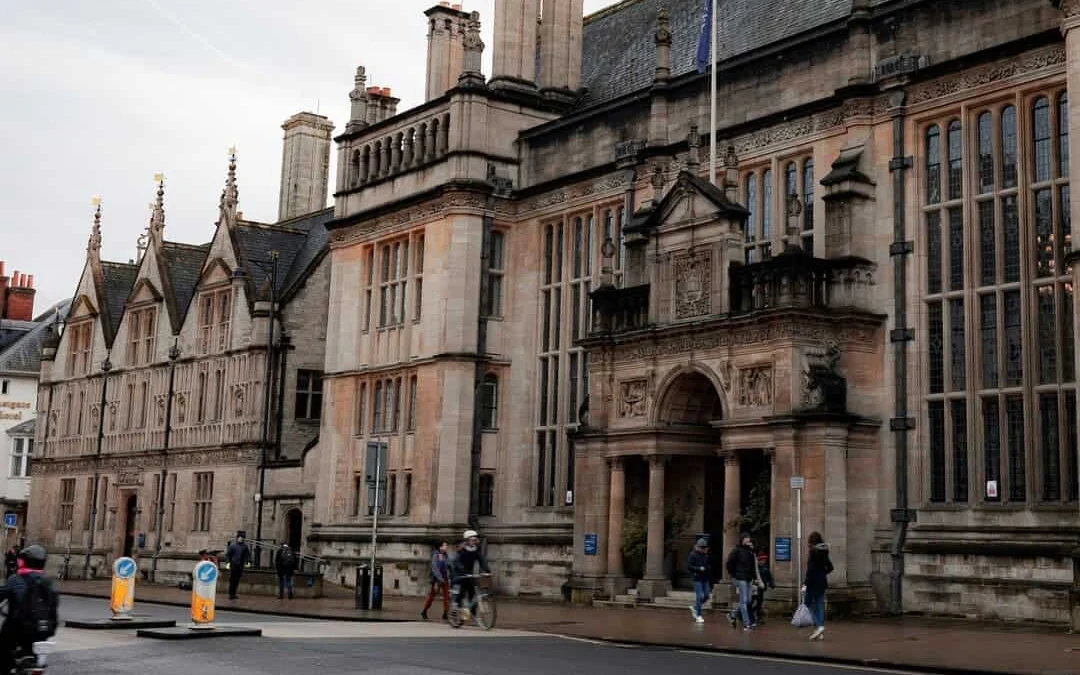Most students from all around the world generally now study in the United States. The United States has the highest foreign student community in the country. It also provides one of the best and most diverse higher education programmes in the country. Students in the United States have a plethora of options for earning a master’s degree. Aside from excellent learning experiences, each state in the United States has a unique collection of attractions to give all, rendering post-graduation in the United States a truly educational experience in many respects than one, allowing students to flourish culturally.
The expense of a US degree is the most significant consideration in the decision-making phase for many students and their families. In the United States, the expense of an MS will vary from $35,000 to more than $50,000 a year.
Different Stages of the US Master’s Admission:
There are different stages involved in the application of admission for a Master’s degree in the US. Let’s have a look at them:
The Pre-Admission Process: Let’s face it, the United States is a costly place to reside, even with its people. Despite this, it is unusual for a university to request financial documentation before applying. Many of those who do are satisfied with a solvency certificate (a certificate issued by a bank claiming that a person’s assets exceed his or her liabilities).
Immediately after the admission: The Designated School Official (DSO) in collaboration with the Department of Homeland Security issues the “Certificate of Eligibility for Non-Immigrant Students” for the following reasons:
It demonstrates that you are a student interested in a programme of research in the United States.
- Paying the I-901 SEVIS premium (Student and Exchange Visitor Information System Fee), which is about USD 200.
- Making an application for a non-immigrant visa at a US Consulate.
- When approaching the United States, it must be addressed to Customs and Border Control agents.
- In the United States, applying for a driver’s licence or a social security card.
- Some loans/scholarships may be used as legitimate proofs of liquidity to receive it. Your sponsors’ savings/fixed deposits (2-3, ideally those relevant to you) are also taken into consideration.
The Visa Application Process: The last phase in receiving the world-class education you’ve always wanted is right in front of you. If the first two stages are completed successfully, the next one could be a slice of cake. But for the lengthy queues at the Consulate to receive the visa, everything else is in place. What you need to do is prove that you have enough resources to support your costs for the remainder of your studies. You must be willing to reassure the Visa Officer that you will pay all costs that could happen when keeping a certain standard of living while in the country. The same monetary proofs that you used to obtain the I-20 type can also be used here. Only make sure that you do not have illiquid properties in your visa submission, such as “house.”
How can foreign students compensate for their Master’s degrees in the United States?
Personal/family investments, tuition grants, support by a U.S. university, and scholarships by foreign funding agencies are the four forms of funding available for research in the United States. Personal/family investments and study loan in USA are the most prevalent methods of funding higher education in the United States. Students, on the other hand, strive for grants from foreign support agencies and/or aim for funding opportunities from their institution. This essay would walk you through the two processes of funding your master’s degree in the United States.
Scholarships from outside sources:
Scholarships may come from several educational, charitable, or government entities. External agencies have a broad range of financing options, including complete scholarships or grants, as well as full or limited low-interest loans. A student may undergo a different application phase, which may last up to a year. In certain instances, financing may be made accessible to applicants only after they have been accepted to a college. These organisations may sometimes provide these scholarships to students pursuing particular fields of research. For example, the United States-India Educational Foundation (USIEF) administers the Fulbright and other fellowships for Arts and Culture Management, including Heritage Conservation and Museum Studies; Environmental Science/Studies; Higher Education Administration; International Legal Studies; Public Health; Urban and Regional Planning; and Women’s Studies/Gender Studies.
Among others, the J.N. Tata Endowment, Sir Ratan Tata Trust, INLAKS Foundation, Rotary Ambassadorial Scholarships, and PEO International are examples of such supporting organisations. It is recommended that students research these scholarships well in advance and finish their financial preparation as soon as possible.
Funding by a U.S. university: Each year, foreign students are awarded large sums of money to help them pay for their education in the United States. According to an IIE survey (Open Doors Report 2015-16), the main source of funding for 17 per cent of overall foreign students came from the U.S. college or university where the student approved entry.
Fellowships and assistantships are the two primary forms of support options provided by US institutions. Fellowships are equivalent to outright scholarships, while assistantships are supported in exchange for services provided to the institution, such as teaching (TA), testing (RA), lab management, or operating in a campus office (GA) for about 15-20 hours per week. Assistantships are not only a great opportunity to pay for your research, but they may also be a great way to network and obtain useful knowledge in your profession. Fellowships may be awarded at the time of entry, while assistantships are often awarded after completing a semester or two at the university. There are no clear and quick guidelines on how long or how much money a university should get. Students must confirm with their institution if the grant is renewable from year to year.










0 Comments